Ariana Grande had her dream come true after landing the role of Galinda, a.k.a. Glinda the Good Witch, in the film adaptation of the Broadway musical Wicked now in theaters.
But she didn't know she was about to be granted the most magical wish of them all.
The pop idol stopped by The Drew Barrymore Show, where the eponymous hostess with the mostest surprised her with the wand Glinda used in the 1939 MGM classic The Wizard of Oz.
By the look on Grande's face, she couldn't be happier.
When Grande sat down, Barrymore told her she had “something that’s extremely exciting and special” to present to her.
"It's actually owned by the Smithsonian, and now it's owned in private hands," Barrymore explained.
"But for the purposes of our sit-down, they loaned it to us," she said, and called for a member of her show's staff to bring out “the original Glinda wand."
Grande's jaw dropped as the iconic Hollywood prop once held by actor Billie Burke, who played Glinda in The Wizard of Oz starring Judy Garland, was handed to her.
“Are you serious right now?” she asked after a momentary pause to take it all in. She then got up with the bejeweled star-tipped staff and proceeded to fake-exit stage left, and jokingly said:
“Thank you guys, it’s been fun."
After feigning ignorance over the wand being "on loan" and that it wasn't for Grande to keep, she returned to Barrymore and quipped, "I'm kidding, I'm kidding, I'm kidding."
You can view a clip here.
Barrymore laughed and then realized just how stunning her guest looked, basking in the dazzling moment.
“You look so perfect with it,” she said.
“How did you even, how did you pull this off? Oh my God, did you break in?” Grande asked.
Barrymore explained that her crew and production team arranged to get her the wand after being "so excited" in advance of her appearance on the show.
“That is the original wand from The Wizard of Oz. So there you go,” said Barrymore.
Remaining at a loss for words, the pink-clad star responded with, “Oh my God.”
Fans were living for it.
It's worth mentioning that the actual wand Burke used during filming for The Wizard of Oz is not known to exist.
The wand presented to Grande was actually a silver test wand created by renowned costume designer Gilbert Adrian. The only surviving version was used for costume fittings and is currently on loan, as Barrymore mentioned.
The wand seen in the 1939 classic featured colored gemstones, whereas the test wand has clear rhinestones.
Still, it has significant Hollywood cred as Burke posed with it for publicity photos.
The National Museum of American History noted that multiple iterations of the wand may have been created for use earlier or after the film and the test wand was perhaps designed with clear stones to appear better in black-and-white photography.
Conversely, the silver test wand did not appear as impressive in technicolor and was replaced with a multi-colored version for filming.
Those wands were displayed at a museum inside a North Carolina theme park called The Land of Oz, which was destroyed by a fire in 1975. It is speculated the film props were lost in the conflagration or stolen from looting.
Grande's journey to Wicked has been a long and ultimately rewarding experience.
The Broadway musical is based on Gregory Maguire's 1995 book Wicked: The Life and Times of the Wicked Witch of the West, which is loosely based on the characters in L. Frank Baum's 1900 novel The Wonderful Wizard of Oz and its 1939 film adaptation.
She was obsessed with the stage musical after seeing it when she was 10 on Broadway in 2003 with the original cast, including Kristin Chenoweth, who originated the role of Galinda.
When the buzz of the movie adaptation gained traction, Grande lobbied hard for the role of Galinda and prepped herself by taking advanced singing and acting lessons. After a grueling and endless audition process, she was cast to play Galinda alongside Tony winner and Oscar-nominated actor Cynthia Erivo as Elphaba.
The first film of the two-part adaptation directed by Jon M. Chu has become a phenomenal success, grossing $268.8 million in the U.S. and Canada, and $97.1 million in other territories, for a worldwide total of $366 million as of December 2.

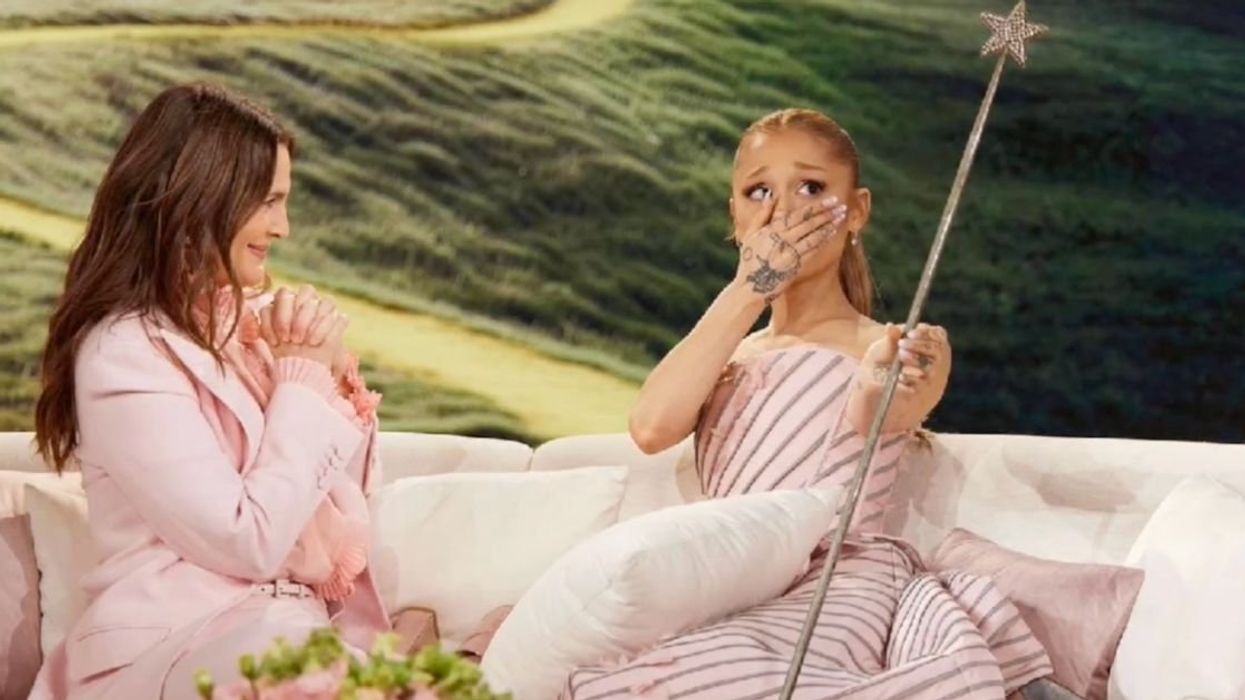

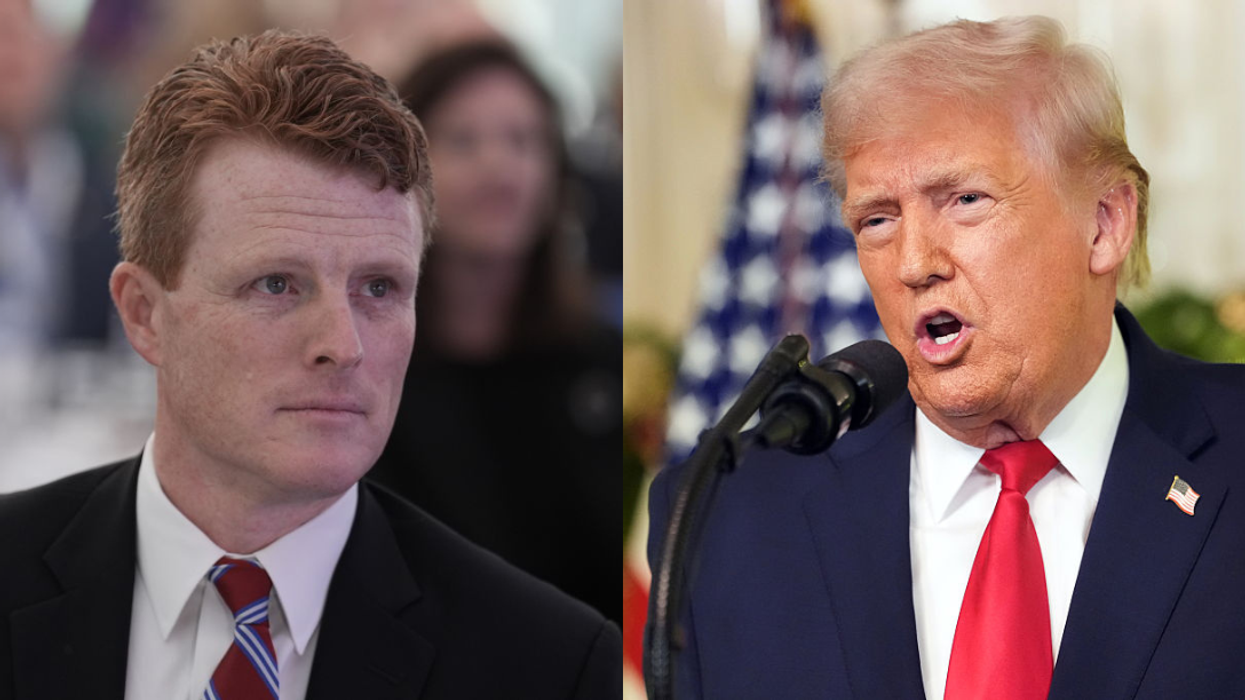
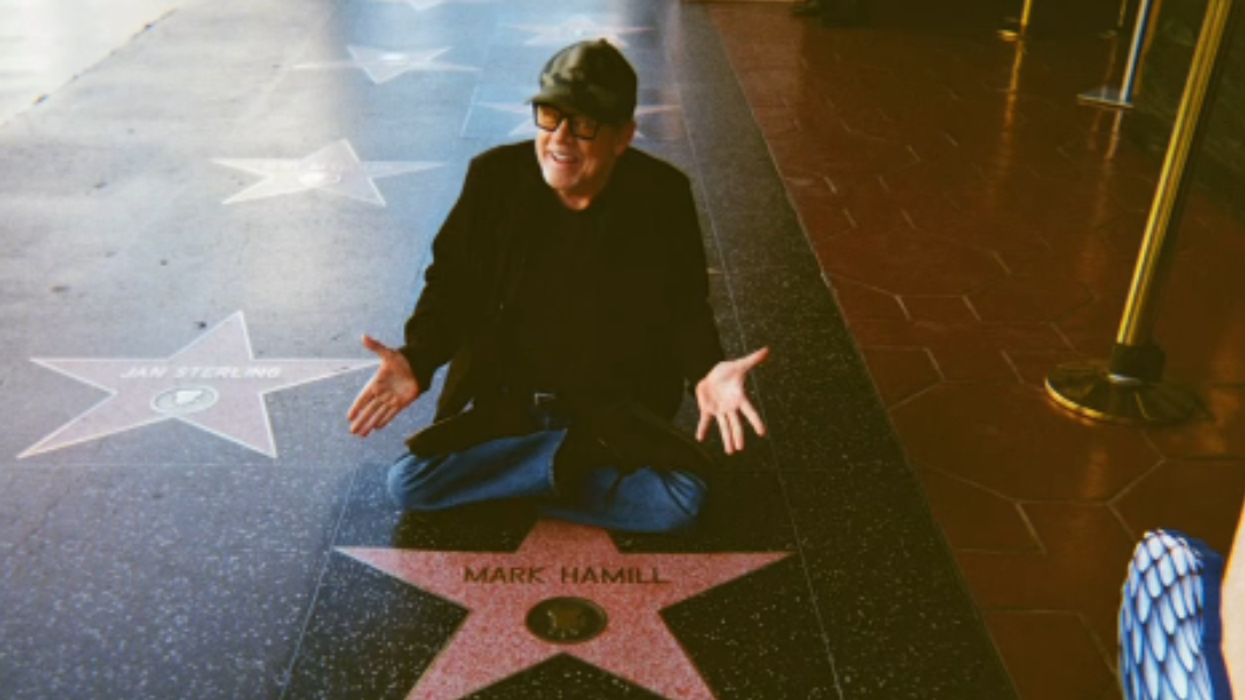
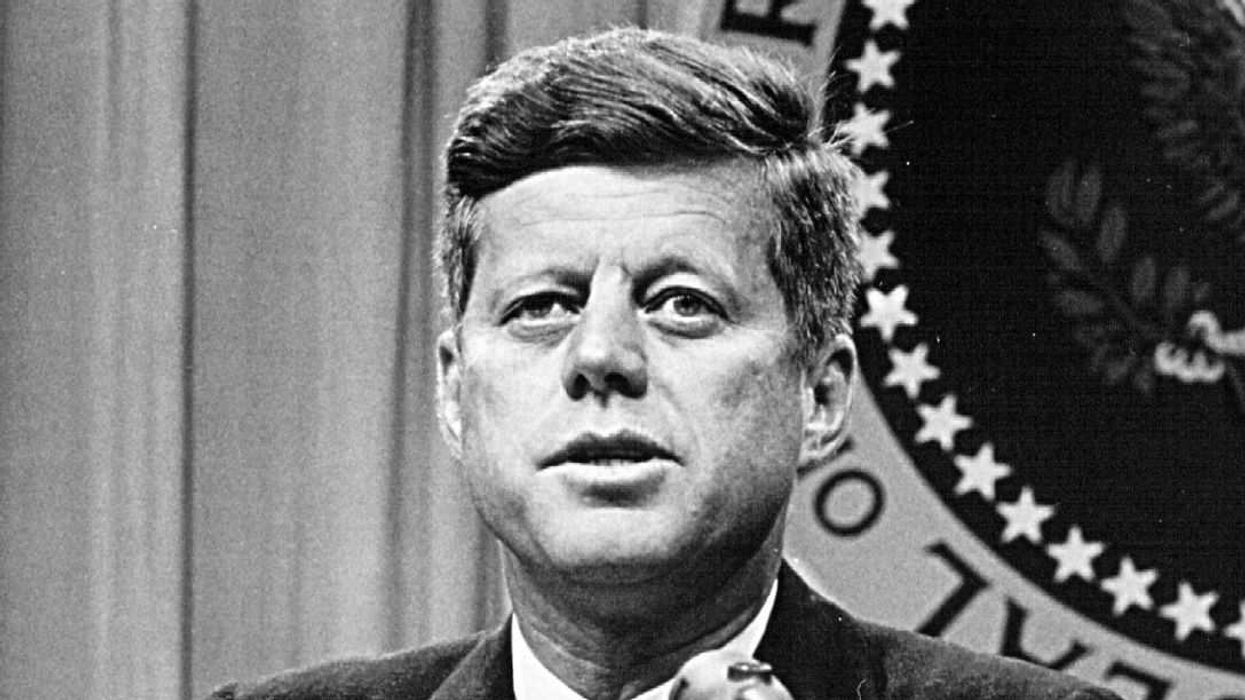
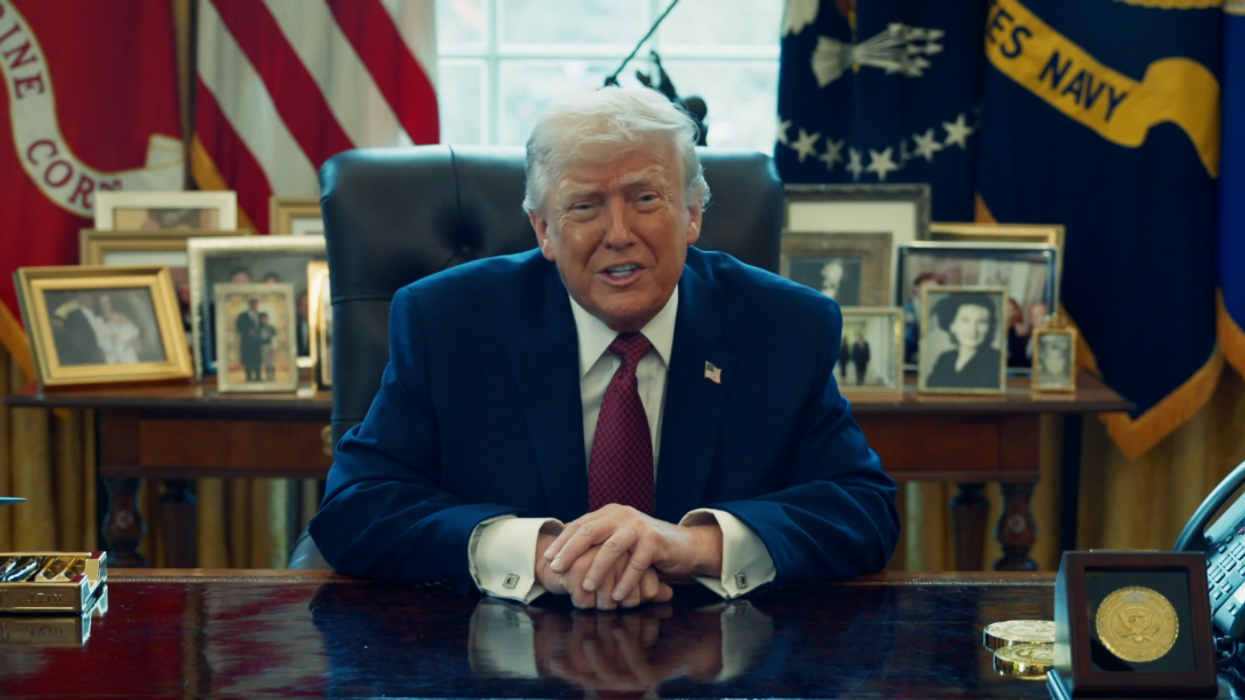
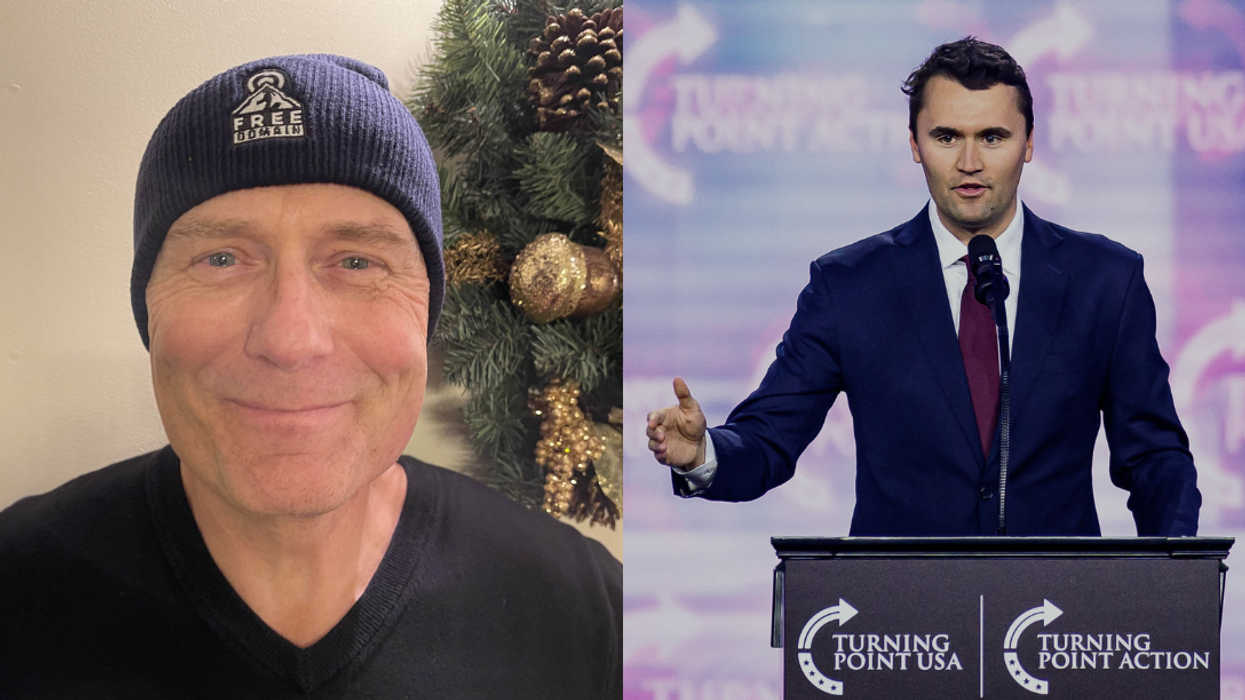
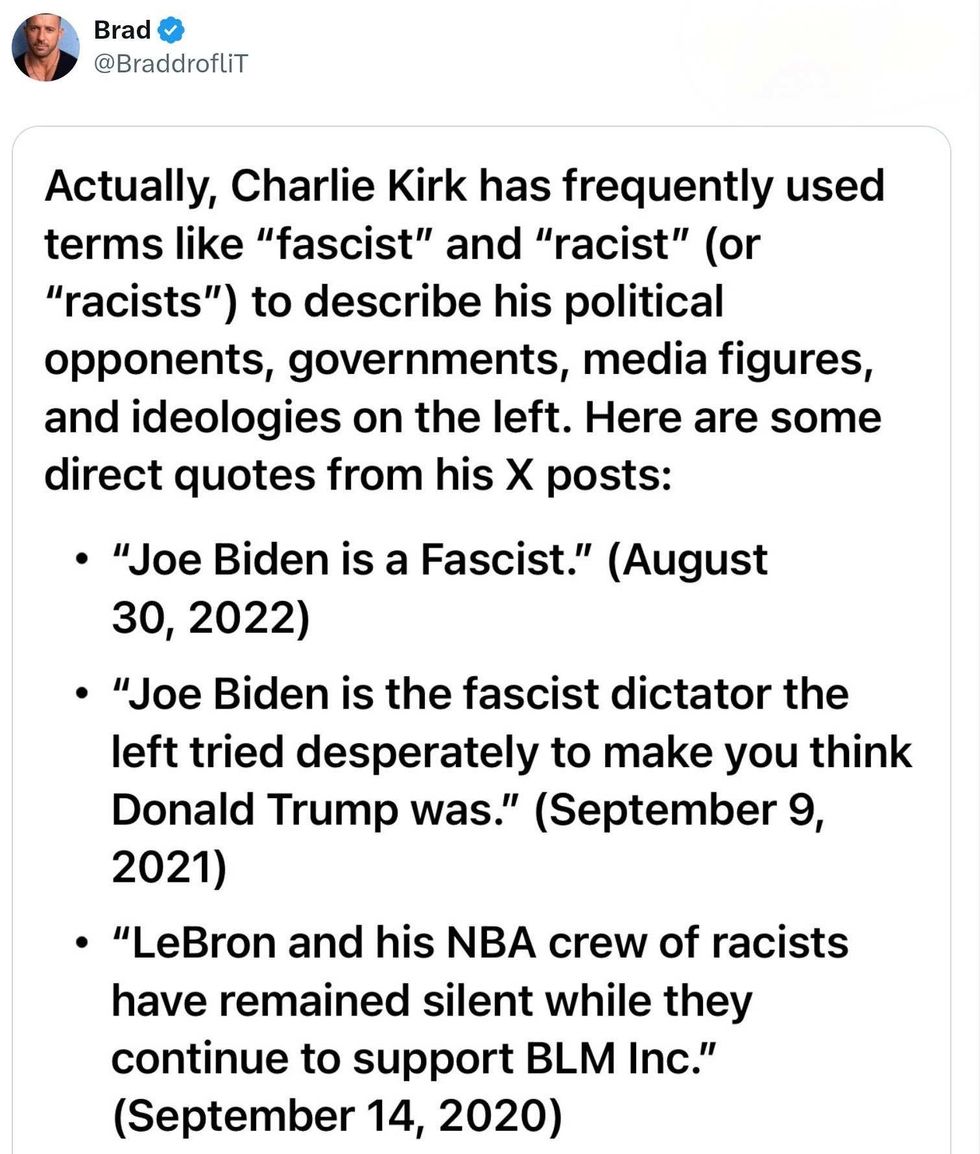
 Replying to @StefanMolyneux/X
Replying to @StefanMolyneux/X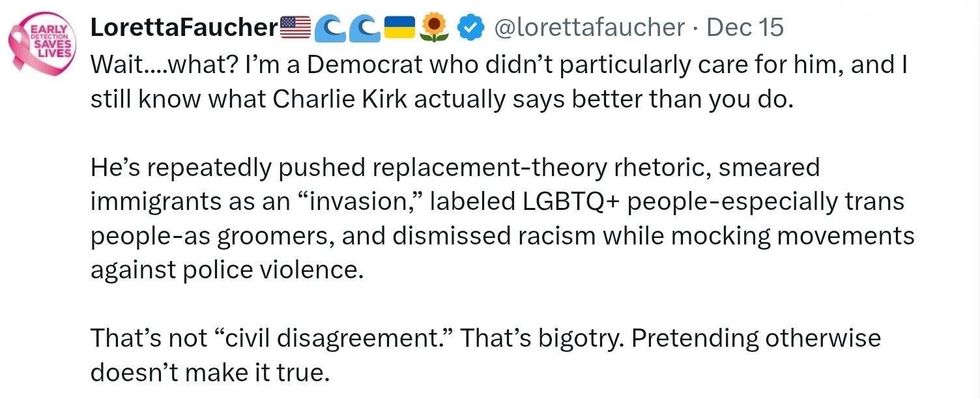 Replying to @StefanMolyneux/X
Replying to @StefanMolyneux/X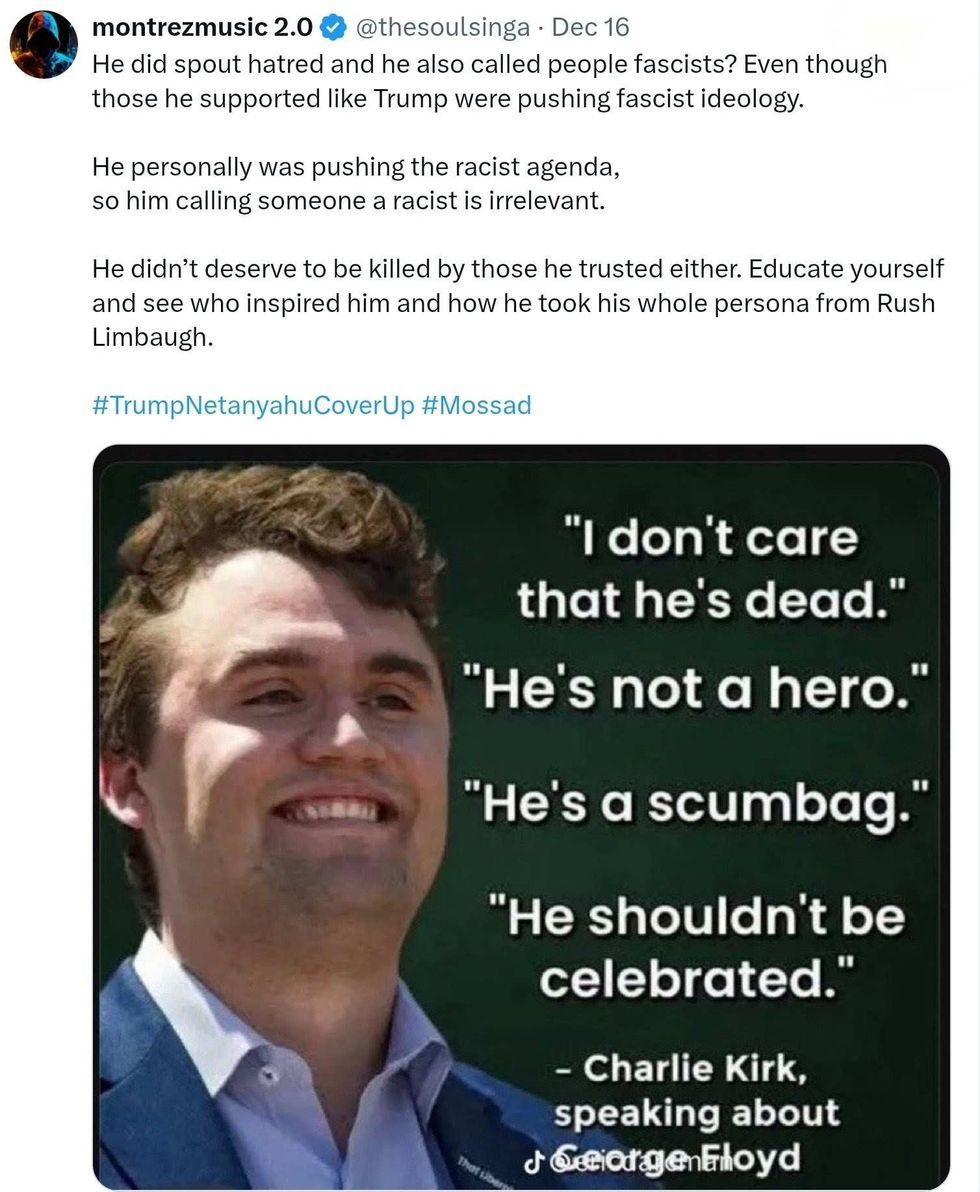 Replying to @StefanMolyneux/X
Replying to @StefanMolyneux/X Replying to @StefanMolyneux/X
Replying to @StefanMolyneux/X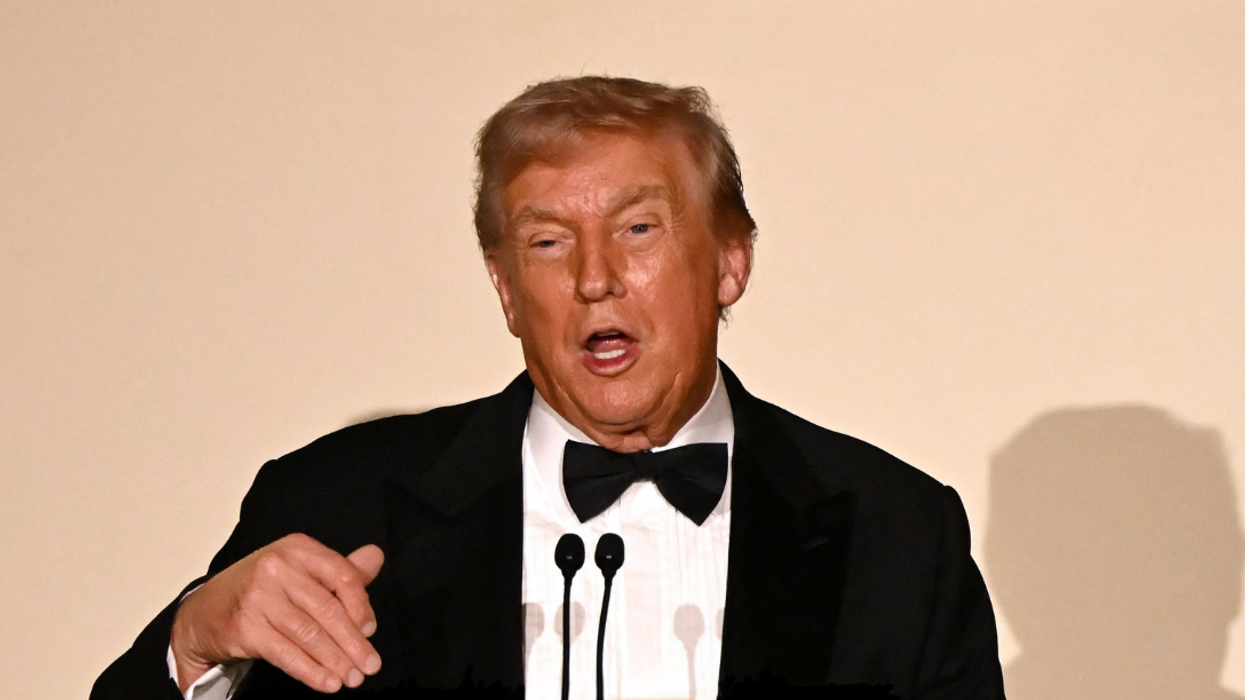
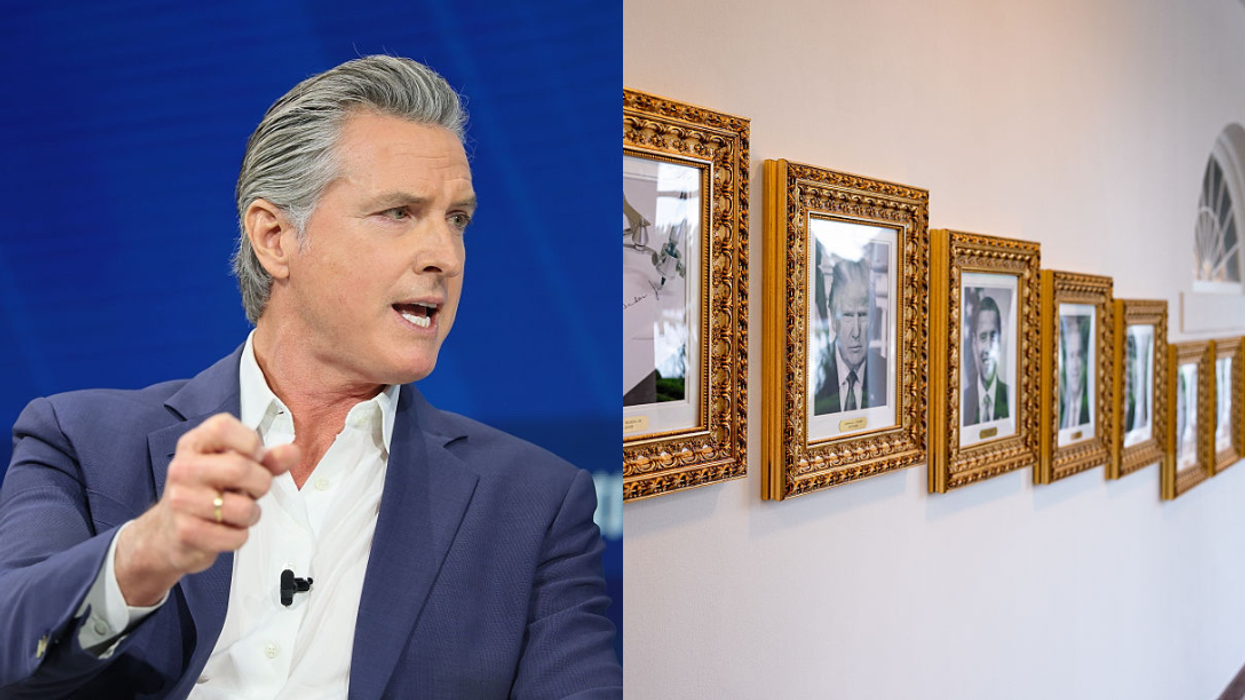
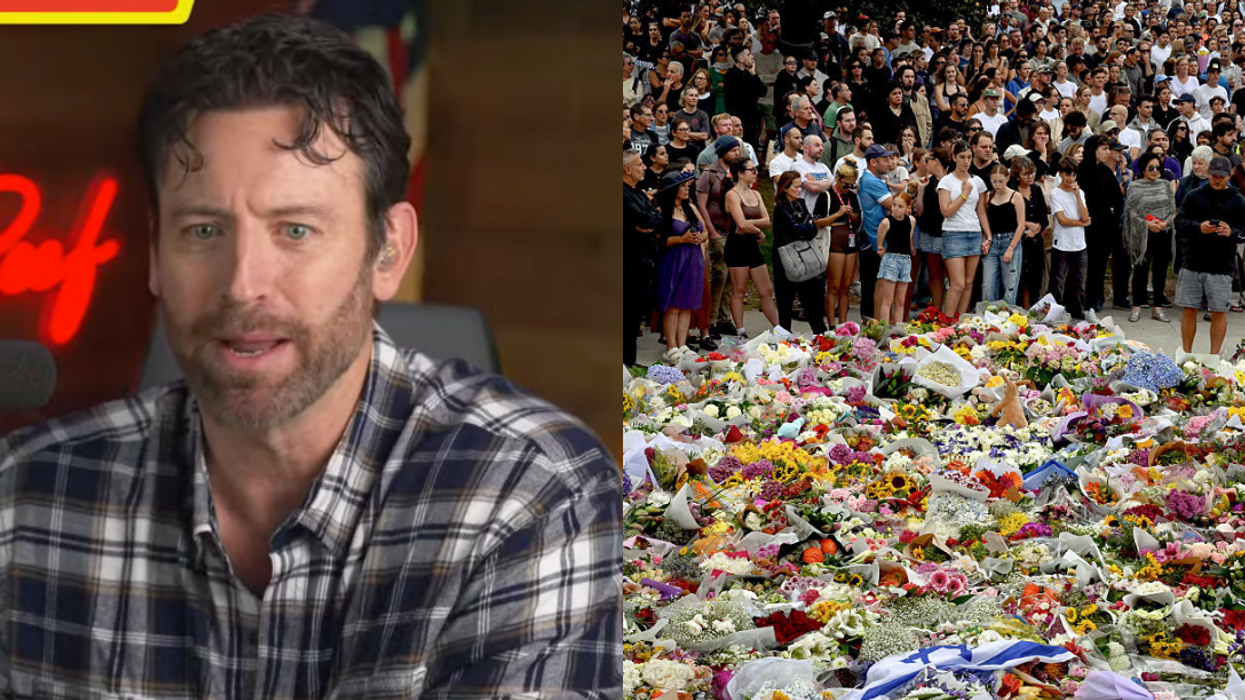
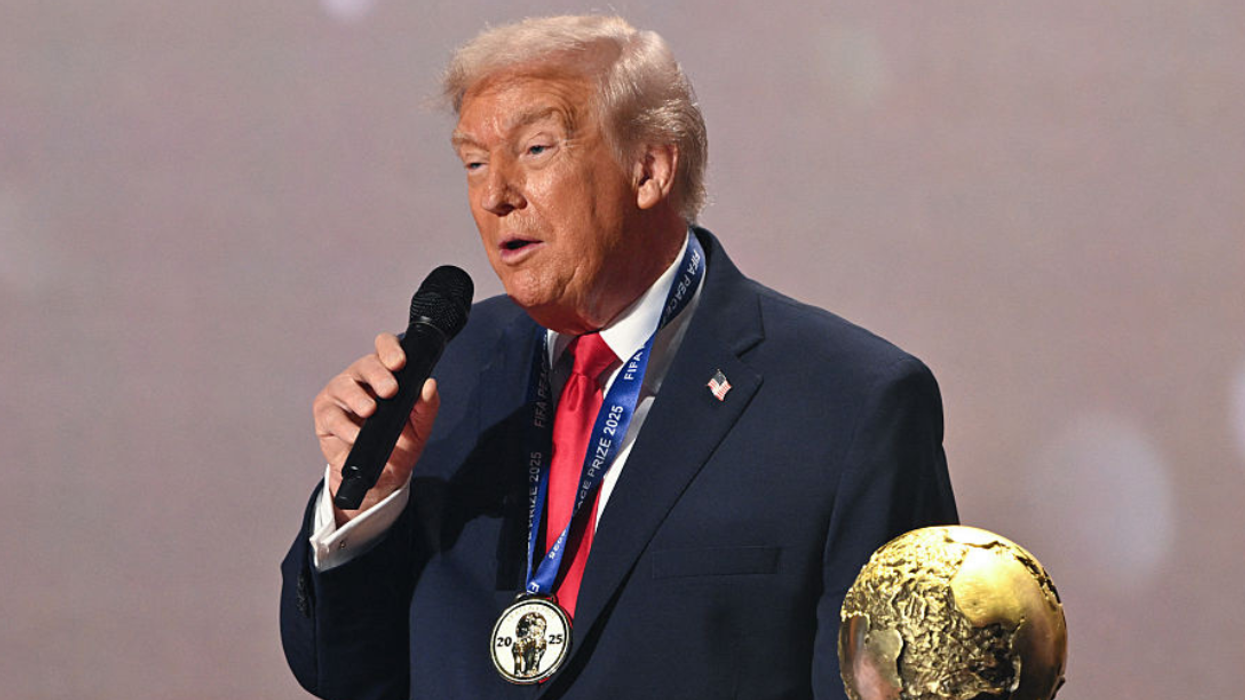
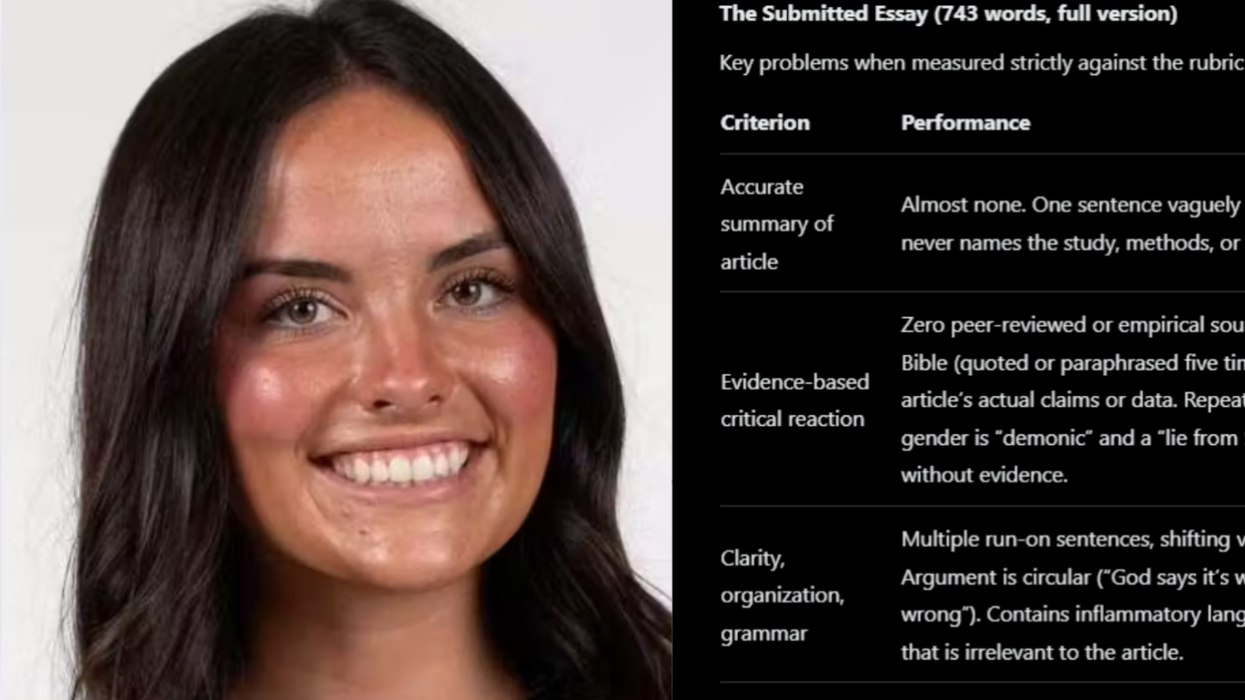
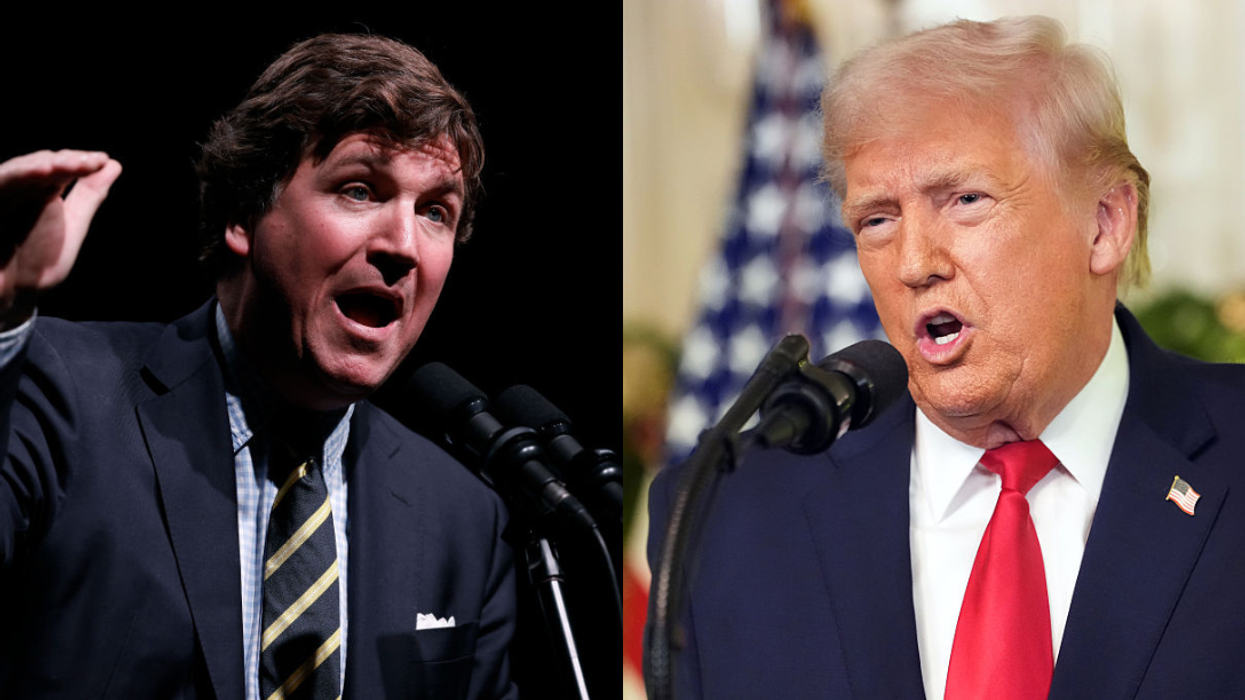
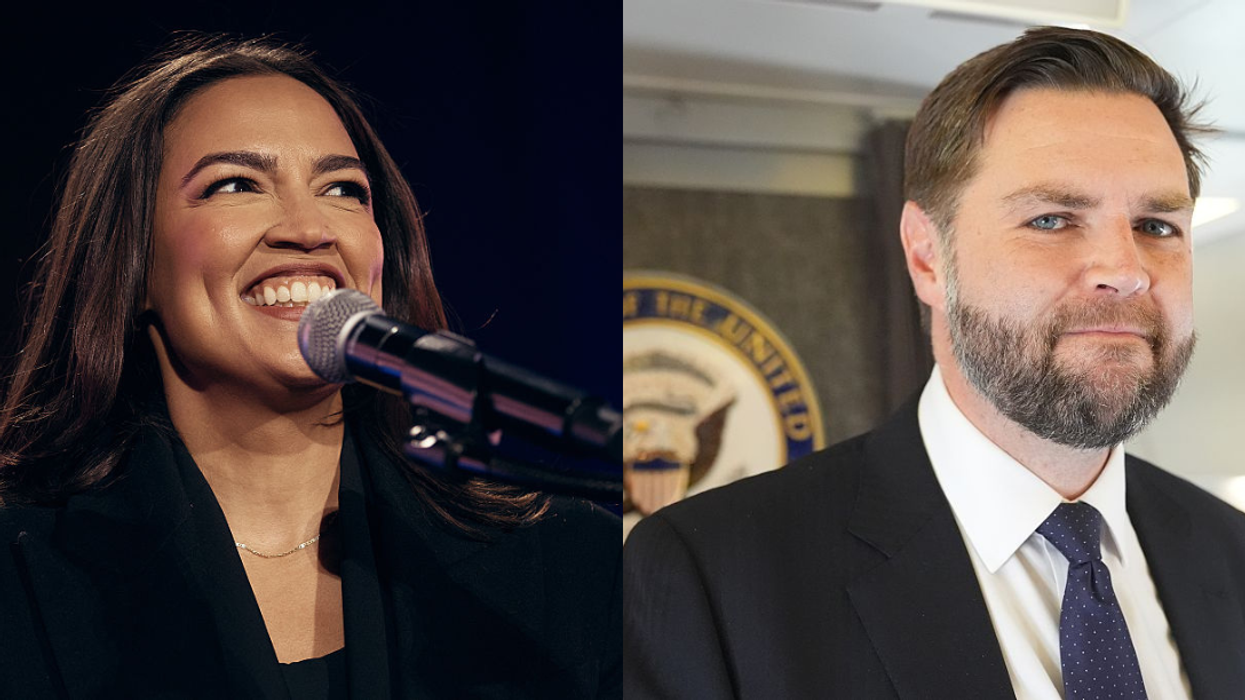

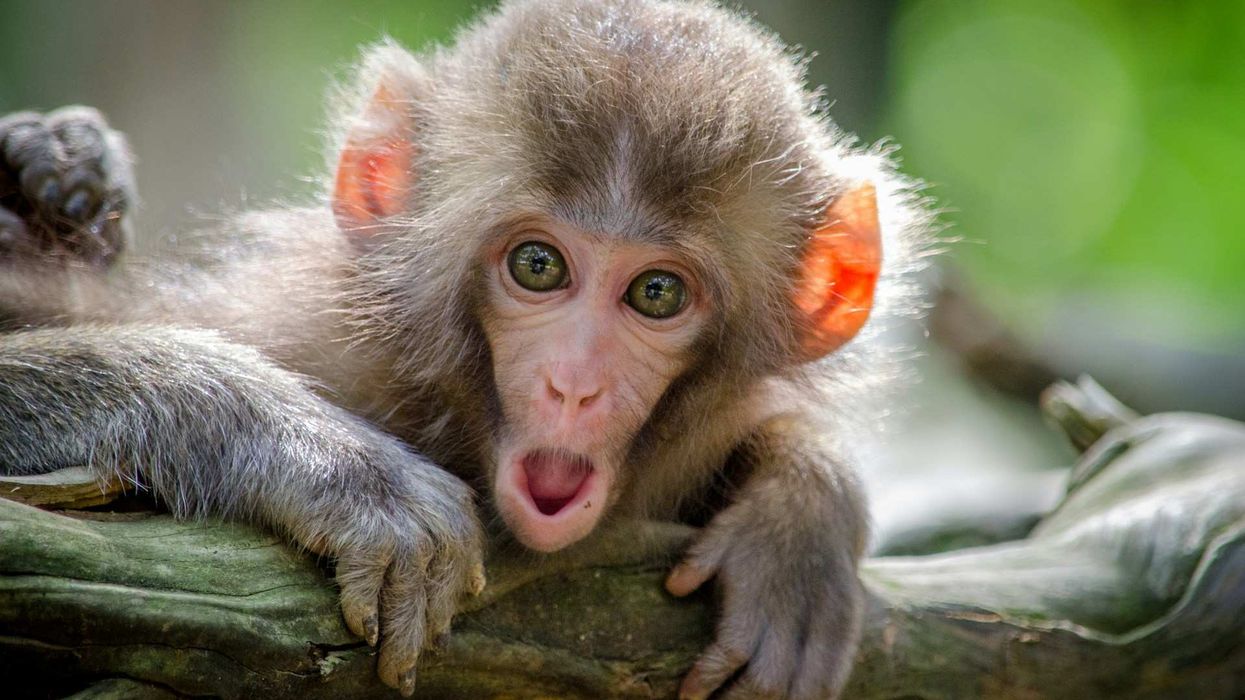
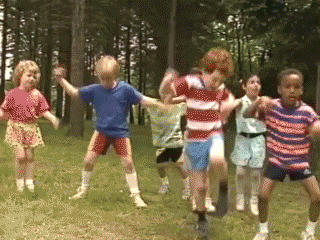 Playing Happy Children GIF by MOODMAN
Playing Happy Children GIF by MOODMAN 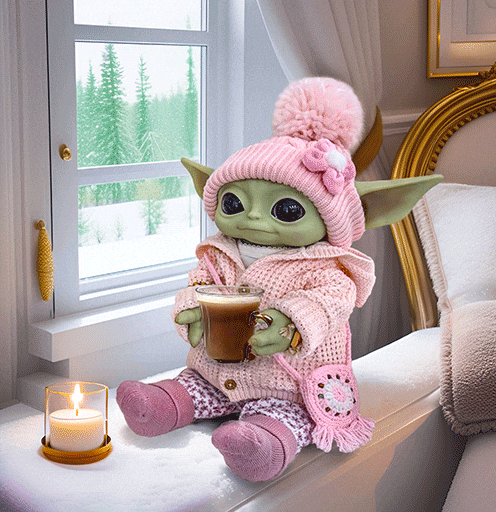 May The Fourth Be With You
May The Fourth Be With You 
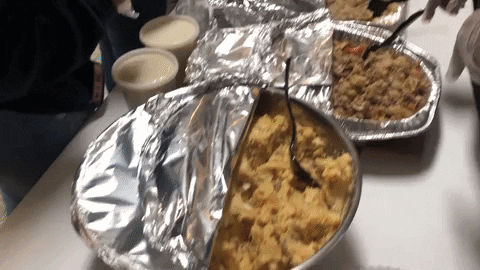 Nhh GIF by New Harmony High School
Nhh GIF by New Harmony High School